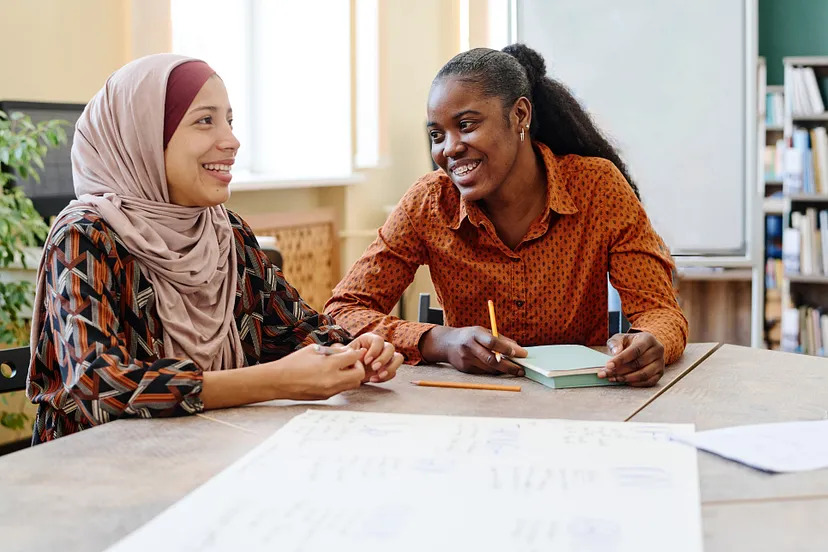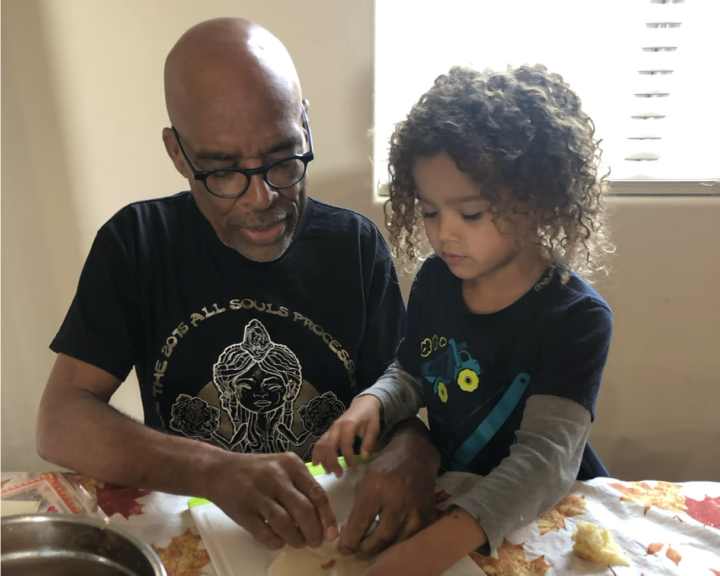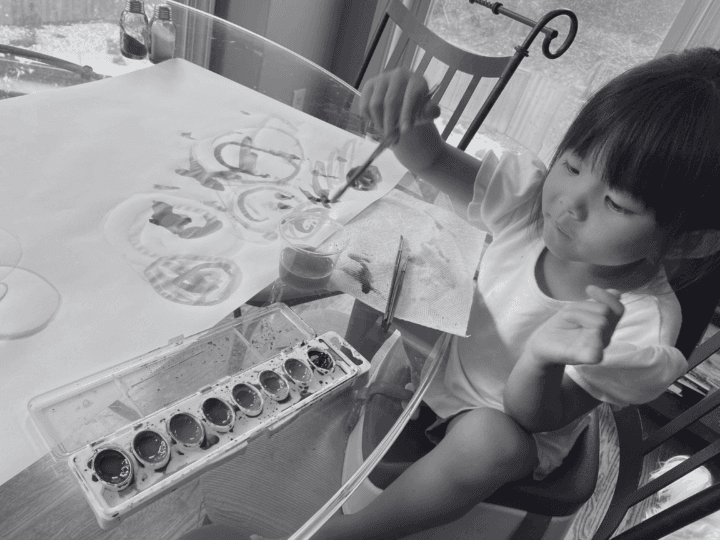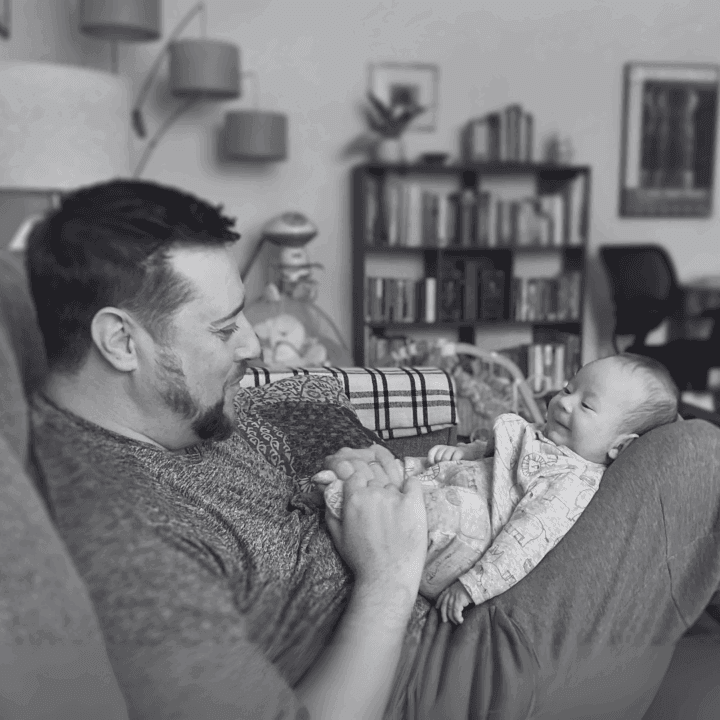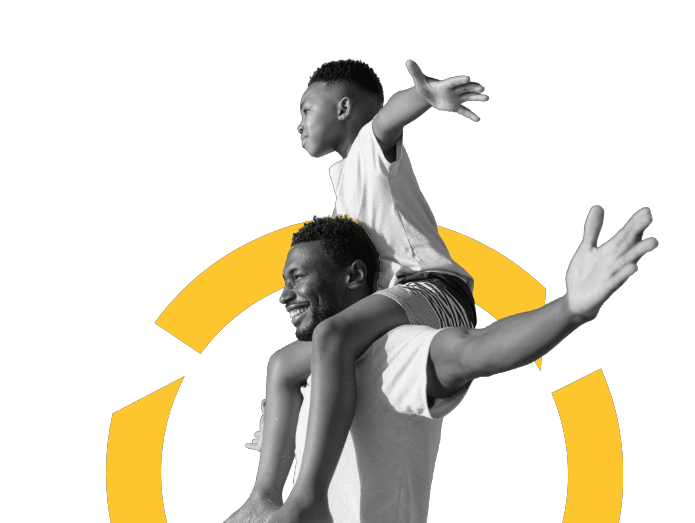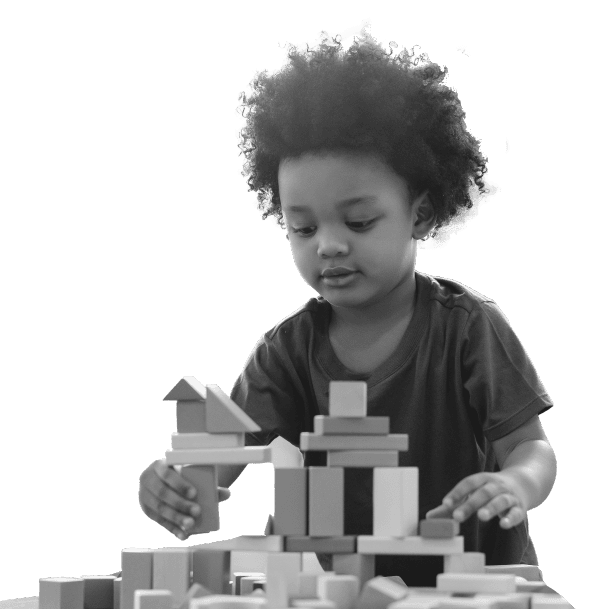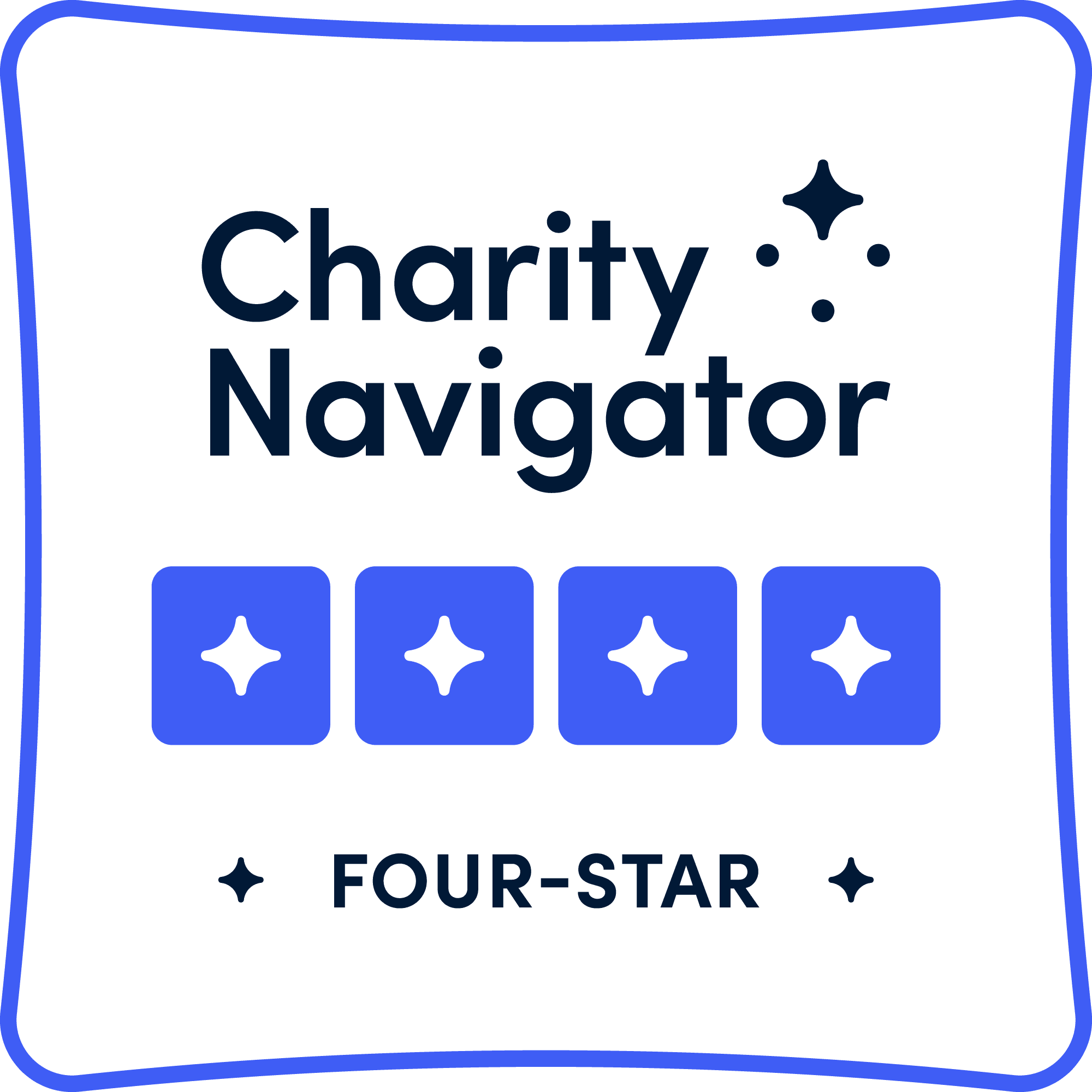By Judy Jablon and Nichole Parks
What does it mean to you to be open in your relationships and interactions? We believe that when we’re open, we’re willing to learn, adapt, and shift our perspective and behavior. When we choose to show up in this way, we create environments where others are safe to do the same. An open relationship creates a welcoming, trusting environment among all the people in a child’s life: educators are intentional and warm, and families bring that to children. Children know that they are seen, valued, and welcomed.
In open relationships and interactions, we experience mutual learning in action, as LFC Senior Program Leader Jonathan Fribley expressed, “When we’re open, it’s not only how the other person will respond, but what I will learn about myself and the world. When I can do that, there’s exciting possibilities for me and in the relationship.”
In the September episode of the Leading for Children Podcast, we explored open — the second of LFC’s 11 Simple Rules to Create Thriving Communities for Children. To ensure a robust conversation representing diverse perspectives, we invited two of our friends and colleagues: Marneshia Cathey — Director and Founder of the West Point Christian Preschool in Hattiesburg, Mississippi — a parent, grandparent, and also a member of the LFC Board; and Jonathan Fribley — a father and grandfather, former preschool teacher, and now LFC Senior Program Leader.
We explored three characteristics of open relationships and interactions: duality, reciprocity, and curiosity.
Duality
“Being open in a relationship can be exciting and also scary,” said Marneshia. Opening up to someone and welcoming who they are is joyful. However, it requires us to be comfortable with vulnerability. When you share your authentic thoughts and feelings, how can you know how they will to be received? And, as you listen to another’s, you never know exactly how what you hear will make you feel. That uncertainty can inhibit our willingness to be open. Yet, when openness leads to resonance, and connection, it’s the foundation for a fulfilling and rewarding relationship.
Marneshia went on to share an example of how the duality of open relationships and interactions shows up at the start of a new school year. She offered:
When children, families, teachers, and administrators all come together, we’re finding ways to create the best possible experiences for children. For new parents, many of whom will be spending the days apart from their children for the first time, this can be intimidating. It’s important for us as educators to continuously engage in open communication that helps parents feel comfortable and feel the warmth of our invitation to partner with them. We do this by inviting parents to families’ meetings, where they can get acquainted with staff, ask questions, and investigate the space. This fosters relationships where the lines of communication are always open.
Curiosity
To harness the excitement that can come with open relationships and interactions, curiosity is key. While we might feel protective of our own ideas, being open ignites the possibility of a new perspective. This requires us to quiet judgments and tolerate not knowing. When we bring curiosity to our interactions, others are likely to perceive us as inviting and safe. This in turn can prime the other person to be more open as well.
It takes intention to activate curiosity. Judy recalled an historical story, wishing she had been able to more open and less judgmental:
I was teaching third grade and at the outset of the year, I formed a judgment about a boy in my class. Every day I fueled my judgment by talking with his teacher from the year before who also held a negative judgment. Instead of being curious with the other teacher and saying, “walk alongside me, help me think about how to support this child”, I stayed in the space of negativity. When the child’s parent invited me to walk alongside her, I remained closed to possibilities. I never had the openness, curiosity, or maturity to see the child as my partner. I have remorse and I have learned to constantly ask myself: “How can we walk beside one another in curiosity and openness?”
Reciprocity
Trust is a key component of open relationships. To be open and transparent, we have to be comfortable with our own vulnerability and create spaces where others are safe to be vulnerable with us. It’s reciprocal — two-way and mutual!
Nichole shared her experiences of learning the importance of reciprocity in creating trusting, open relationships:
I remember, when I was a child, adults would say to me, “tell me the truth, and you won’t get in trouble.” But when I told the truth, I did get in trouble. This undermined the sense of trust I had in the adults around me, because they had not been open in their intentions. They did not invite a reciprocal exchange. When I have similar interactions with Gracie, my daughter, I know it’s important to be transparent about possible consequences for her actions. I set clear expectations for how I will respond, and I provide Gracie with opportunities to explain her actions. This invites a reciprocal and equitable exchange, and it promotes openness in our relationship.
What tools have we found to help us be intentional in being curious?
1. Avoid the binaries of right and wrong and make a practice of considering the possibility that different perspectives can each be right. What we see depends on where we’re standing.
2. Think of openness not as a one-time act, but as a continuous practice. We can invite frequent conversations where we learn from others’ experiences and practice actively listening to their perspectives.
3. Pause and slow down to embrace openness as a practice of mutual learning. When we’re open, it’s not only about how the other person will respond, but also what we will learn about ourselves and the world.
4. Remember that you can set appropriate limits. Letting ourselves be learners about how to be our best selves as opposed to feeling that we are expected to be our best selves.
In building and sustaining open relationships and interactions, the same principles apply to interactions with both adults and children. What do we want them to sense and think about us? Are we creating spaces where they feel safe to show up as who they are or to need whatever it is they need? Are we accepting, non-judgmental, and calm when others come to us with difficult moments? As we bring these qualities to our interactions with adults, children see open relationship modeled. As we practice open interactions with children, they feel safe to be themselves. Open relationships and interactions are fundamental to communities where children will thrive, and they support us in building a future society where everyone can feel safe, accepted, and supported.
